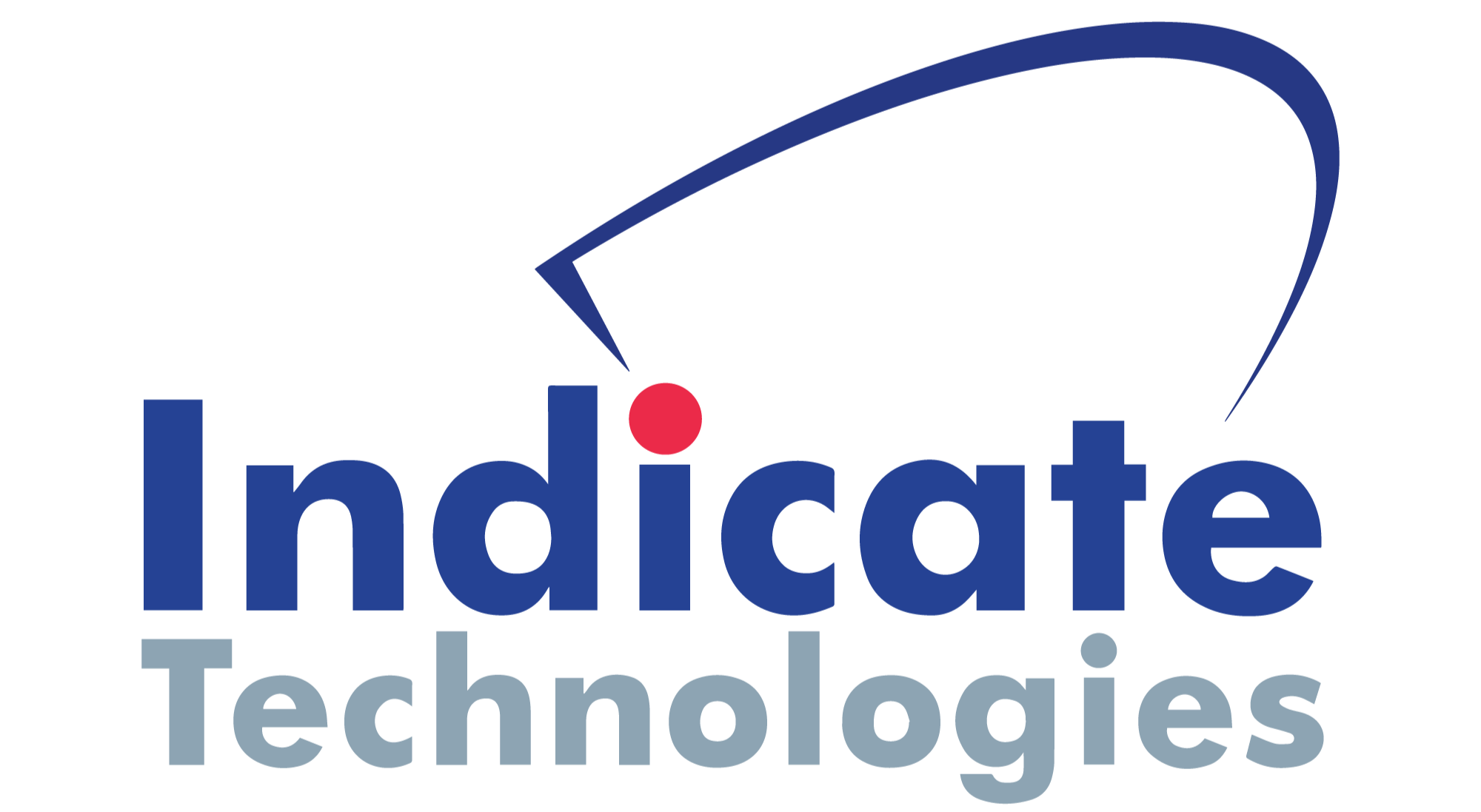Binder Jetting is a versatile 3D printing technology that can process a wide range of materials, each offering unique properties and suitable for various applications. The primary materials used in Binder Jetting include metals, ceramics, sand, and polymers. Here’s an overview of these materials and their specific characteristics:
1. Metals
Binder Jetting is particularly popular for producing metal parts, especially for complex geometries and low-to-medium volume production. Common metals used include:
Stainless Steel - Widely used for its strength, corrosion resistance, and versatility. Applications include tooling, automotive components, and consumer products.
Inconel - A nickel-chromium-based superalloy known for its high-temperature resistance and strength. Ideal for aerospace and industrial applications.
Copper - Valued for its excellent thermal and electrical conductivity. Used in heat exchangers, electrical components, and decorative items.
Titanium - Known for its high strength-to-weight ratio and biocompatibility, making it suitable for aerospace, medical implants, and high-performance automotive parts.
Post-Processing Requirements for Metals
After printing, metal parts typically require sintering to fuse the particles together fully and enhance mechanical properties. In some cases, infiltration with a secondary metal (such as bronze) is performed to improve strength and density.
2. Ceramics
Ceramics are used in Binder Jetting for applications requiring high heat resistance, wear resistance, and electrical insulation. Common ceramic materials include:
Alumina (Aluminum Oxide) - Known for its hardness, thermal stability, and electrical insulation properties. Used in electronics, medical devices, and wear-resistant components.
Silicon Carbide - Valued for its extreme hardness and thermal conductivity. Suitable for high-temperature applications, abrasives, and cutting tools.
Zirconia (Zirconium Dioxide) - Offers high fracture toughness and thermal resistance. Used in dental implants, cutting tools, and refractory materials.
Post-Processing Requirements for Ceramics
Ceramic parts usually require sintering to achieve full density and optimal mechanical properties. Glazing or additional surface treatments may also be applied to improve aesthetics and functionality.
3. Sand
Sand is predominantly used in Binder Jetting for creating molds and cores in metal casting. The main type of sand used is:
Silica Sand - Commonly used for its high purity and uniform grain size. Ideal for creating detailed and complex molds and cores for metal casting.
Post-Processing Requirements for Sand
Sand molds and cores typically require minimal post-processing. However, they may be strengthened by impregnating them with a resin or other binding agents to improve their structural integrity during the casting process.
4. Polymers
While not as common as metals and ceramics, polymers can also be used in Binder Jetting for specific applications, including:
PMMA (Polymethyl Methacrylate) - Often used for creating patterns and prototypes due to its ease of printing and post-processing.
PLA (Polylactic Acid) - A biodegradable polymer used for creating environmentally friendly prototypes and models.
Post-Processing Requirements for Polymers
Polymer parts may require curing or infiltration to enhance their mechanical properties and stability. Surface finishing techniques, such as sanding or painting, can also be applied to achieve the desired aesthetics.





